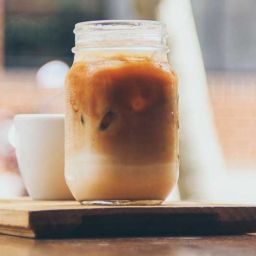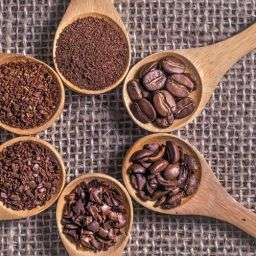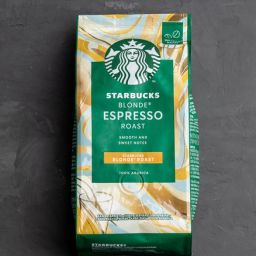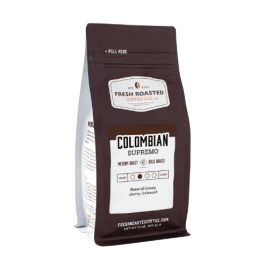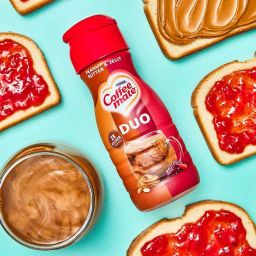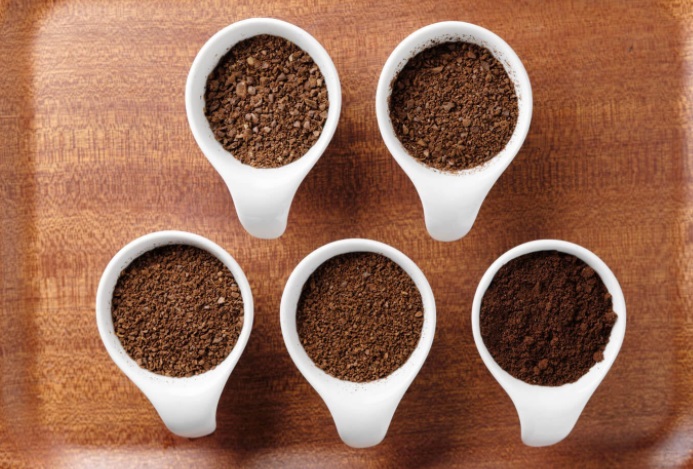
Drip coffee is a staple in many households and coffee shops around the world, beloved for its straightforward brewing process and delicious results. Central to mastering drip coffee is understanding the coffee-to-water ratio, which is typically measured in tablespoons.
For most brewing methods, a general rule of thumb is to use about 1 to 2 tablespoons of ground coffee for every 6 ounces of water. This standard ratio can serve as a starting point for newcomers and a baseline for coffee aficionados to tweak according to their taste preferences.
Key Takeaways
- Water Temperature: Aim for water between 195°F and 205°F. Water that’s too hot or too cool can dramatically affect the extraction process and the overall flavor of the coffee.
- Grind Size: The grind of your coffee should match your brewing method. A medium grind works well for most drip coffee makers, ensuring optimal extraction without overdoing it.
- Brewing Time: The standard brew time for drip coffee is about 5 minutes. However, this can vary slightly depending on the specific coffee maker and the grind size.
Recommended Tablespoons Per Cup for Drip Coffee
When brewing drip coffee, the amount of coffee you use is crucial for achieving the perfect cup. For standard cup sizes, the general recommendation is straightforward:
- 6 oz Cup: Use 1 to 2 tablespoons of coffee. This range allows you to adjust according to how strong you prefer your coffee. Start with 1 tablespoon for a lighter cup or 2 tablespoons for a more robust flavor.
- 8 oz Cup: Here, 1.5 to 2 tablespoons of coffee is ideal. The extra half-tablespoon can make a noticeable difference in flavor strength, especially if you like your coffee on the stronger side.
The type of coffee bean and the grind size also play essential roles in determining the amount of coffee you should use:
- Coffee Type: Arabica beans are typically lighter and more complex in flavor, possibly requiring a slightly higher amount to achieve a rich taste. Robusta beans, on the other hand, are stronger and more bitter, so you might use less than you would with Arabica to avoid an overly harsh brew.
- Grind Size: The fineness of the grind affects how quickly flavors are extracted. A finer grind (common in espresso) extracts flavor quickly, so less coffee might be needed. For drip coffee, a medium grind is best as it balances flavor extraction and prevents the coffee from being too weak or too bitter.
Exploring Variations in Drip Coffee Brewing
Brewing a perfect cup of drip coffee can vary significantly depending on the method you choose. Two popular methods are the automatic drip and the pour-over, each influencing the coffee’s flavor and strength in unique ways.
Automatic Drip Machines: These are the workhorses of the coffee world, favored for their convenience and consistency. They require less hands-on time and generally maintain a consistent water temperature, leading to a reliable cup of coffee. However, because they automate most of the brewing process, there’s less room for adjustment if you prefer to tweak the extraction process.
Pour-Over Method: This method is for those who cherish a hands-on approach to coffee brewing. It allows for more control over the brewing time and water temperature, which can greatly affect the extraction of flavors. The pour-over method can bring out more complex flavors in the coffee, especially if you’re using high-quality, single-origin beans. The key here is precision and patience, as the pour rate and the grind size need careful attention to achieve the best results.
Adjusting Tablespoons for Perfect Drip Coffee
Finding the right coffee-to-water ratio is critical for brewing great coffee, and it can vary depending on your brewing method and taste preferences.
Brewing Method Adjustments: For automatic drip brewers, a standard ratio is about 1 to 2 tablespoons of coffee per 6 ounces of water. If you’re using a pour-over, you might start with the same ratio but adjust depending on whether the coffee comes out too strong or too weak. The key is to experiment with different amounts to find what best suits your taste.
Measurement Precision: While tablespoons are convenient for measuring coffee, they can vary in accuracy. For a more precise measurement, consider using a kitchen scale. Weighing your coffee in grams gives you the ability to fine-tune the strength of your brew more reliably. A typical guideline is about 15 grams of coffee per 250 milliliters (about 8.5 ounces) of water. This precision can make a significant difference, especially if you are particular about the strength and flavor of your coffee.
FAQs
How much coffee should I use per cup? For a standard drip brew, a good starting point is about 1 to 2 tablespoons of coffee per 6 ounces of water. Adjust depending on how strong or mild you prefer your coffee.
What is the best water temperature for brewing drip coffee? Aim for water between 195°F and 205°F to optimize extraction.
Why does my coffee taste weak? Weak coffee often results from using too little coffee or too coarse a grind. Try increasing the amount of coffee or adjusting your grind to a slightly finer texture.
How can I make my coffee taste stronger? Besides adding more coffee, ensure that your coffee maker is clean as oils and residue from previous brews can affect the taste and strength of your coffee.
How often should I clean my coffee maker? For best results, clean your coffee maker at least once a month with vinegar to remove built-up calcification and ensure your coffee tastes fresh.
Final Thoughts
We’ve covered essential points about measuring and adjusting coffee tablespoons per cup to help you brew the perfect drip coffee. Remember, the key to great coffee lies in finding the right balance that suits your taste. Here’s a quick recap:
Start with 1 to 2 tablespoons of coffee per 6 ounces of water and adjust according to your taste preference. Consider the grind size and the brewing method, as these can significantly affect the outcome of your coffee. Use a scale for more precision in your measurements, aiming for consistency in every brew.
Don’t be afraid to experiment with different amounts, grinds, and brewing methods. Each adjustment can lead to discovering your perfect cup of coffee.




